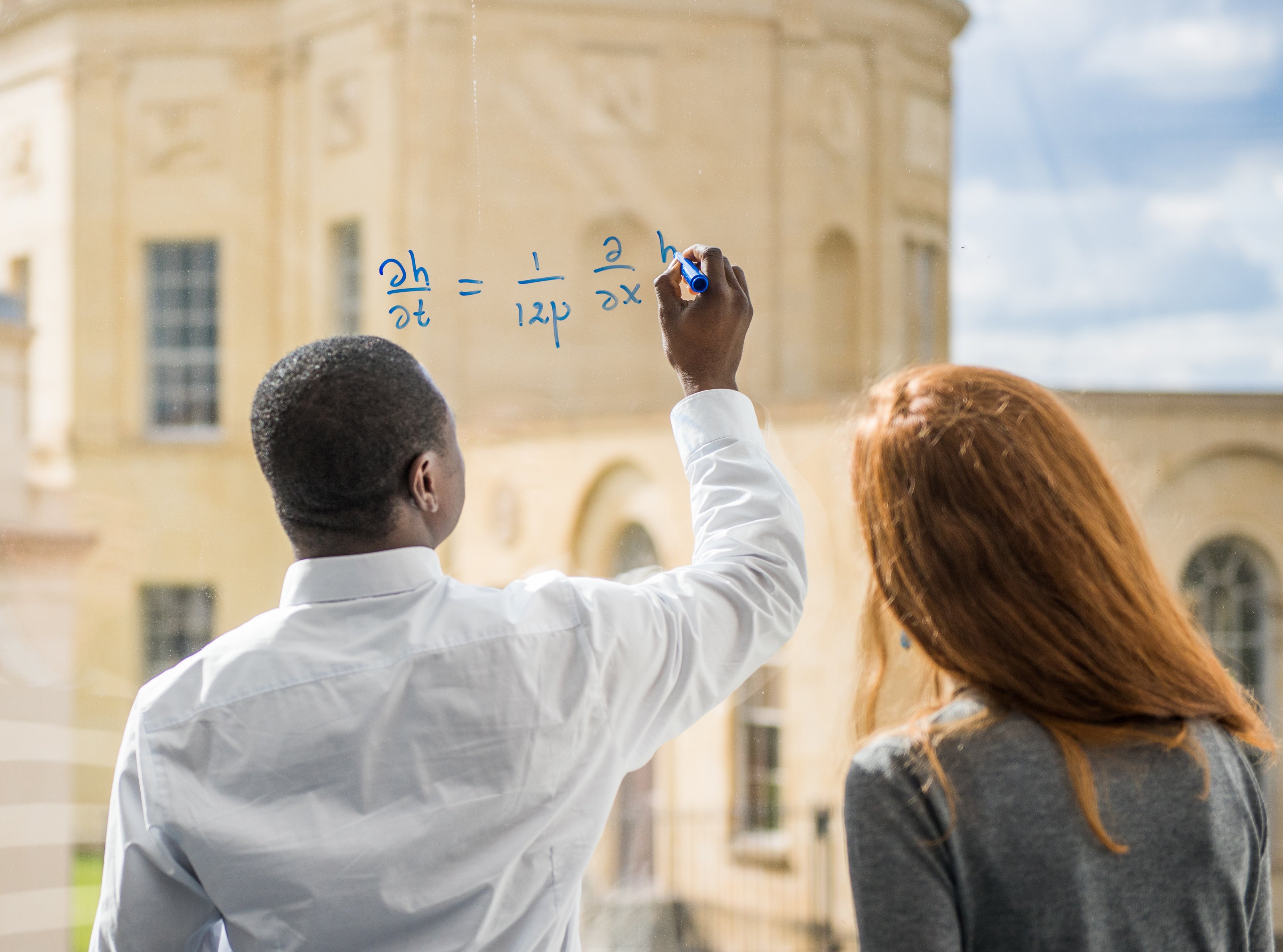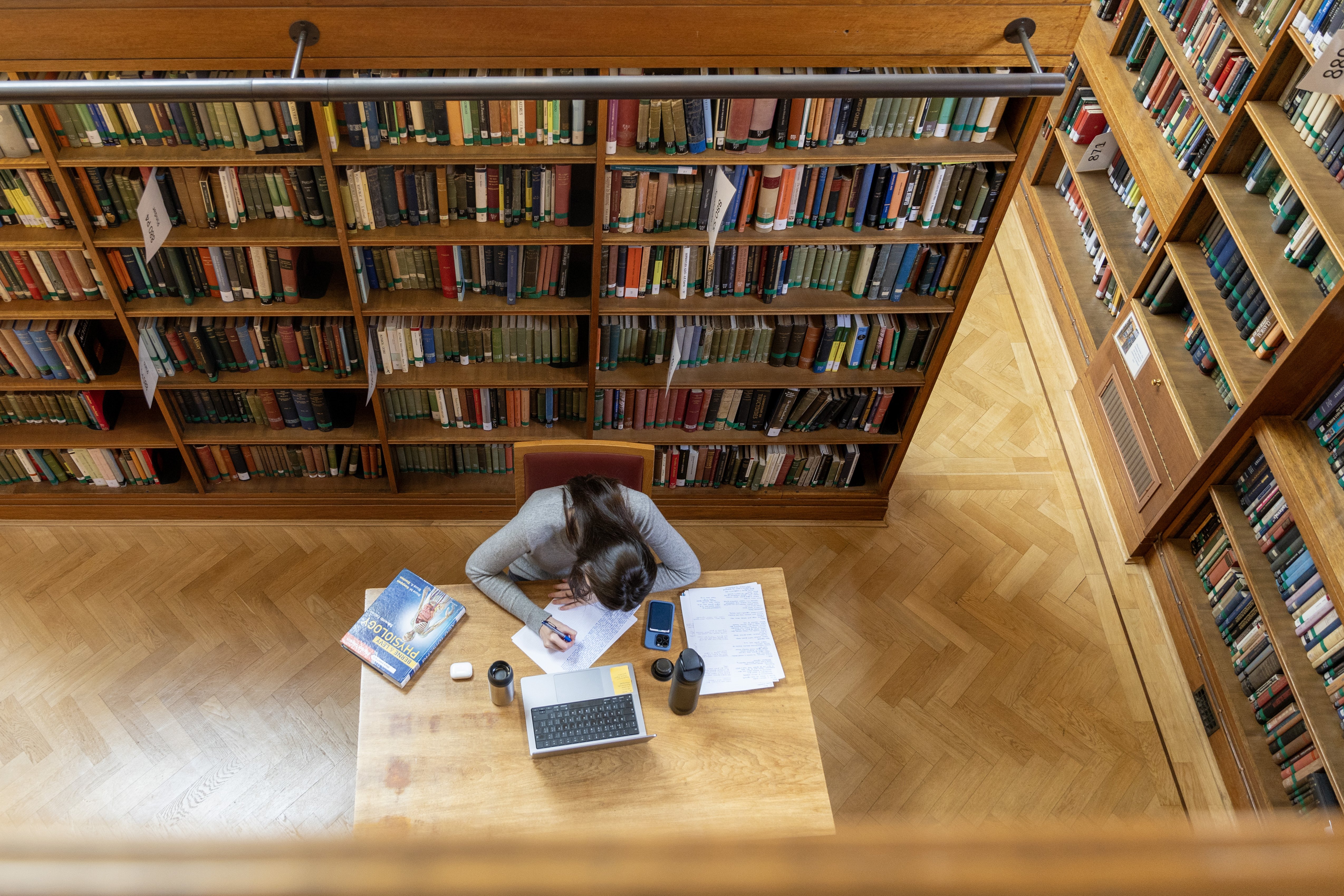The Martingale Foundation is seeking to learn more about how students from low-socioeconomic backgrounds experience support across different PhD programme types.
The Martingale Foundation (a charity incubated by Purposeful Ventures (charity no. 1204622) is looking for participants to take part in a survey and/or paid online focus groups who meet the following criteria:
Welcome to the Week 3 Bulletin! See below for all relevant news and announcements.
To suggest an item for a future bulletin, please email @email.
Born on this day: Italian mathematician Maria Gaetana Agnesi
Harris Hill is offering several Maths teaching positions with leading independent schools in London and the South East of England from September 2025. These are permanent positions which would entail teaching Maths up to A level.
Essential: An excellent academic background including an undergraduate degree in Maths or related discipline.
The Graduate Program in Mathematics and Applications of PSL University is offering scholarships for students willing to enroll in the PSL Master of Mathematics (M1 or M2) for 2025-2026.
The teaching language is English and the program is based on the research team in mathematics at CEREMADE (Paris Dauphine-PSL), at DMA (Ecole Normale Supérieure - PSL), at Ecole des Mines Paris-PSL, at Paris Observatory-PSL, at the EHESS, and at Collège de France.
Thinking about a career in finance or business but not sure where to start? Why not take a look at the ACCA Advantage programme.
What is ACCA?
ACCA (the Association of Chartered Certified Accountants) is a globally recognised professional accountancy body providing qualifications and advancing standards in accountancy worldwide.
What is the programme?




